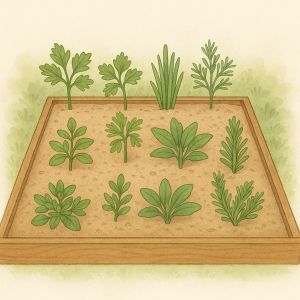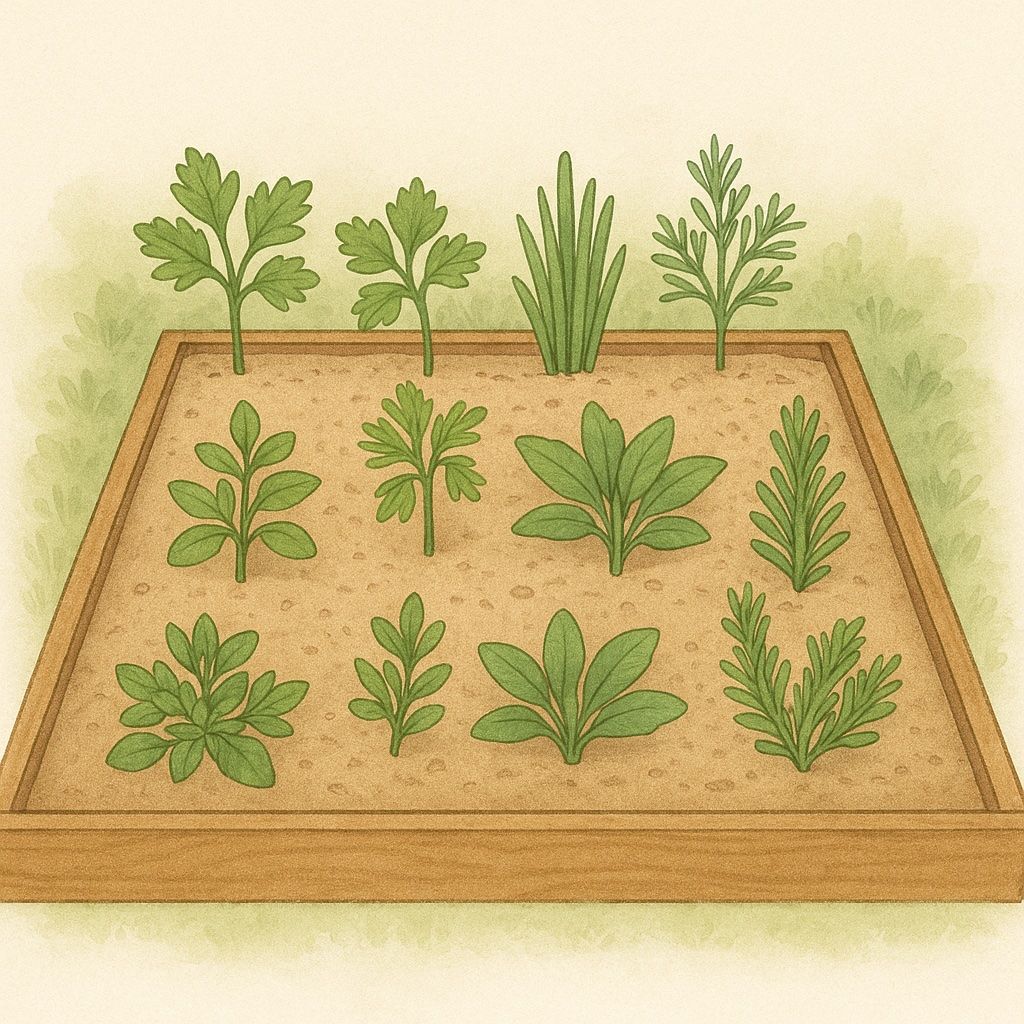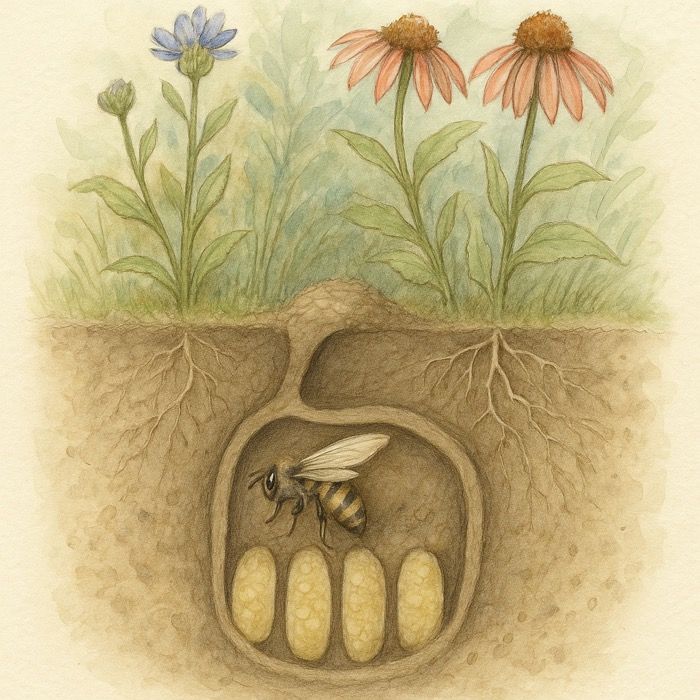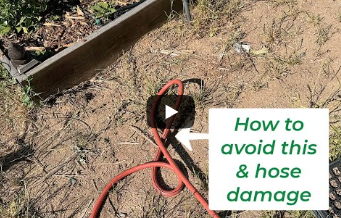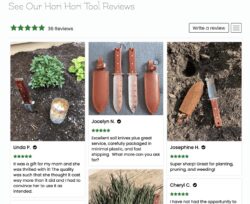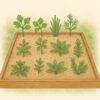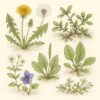Best Herbs to Plant in October 2025 – Fall Herb Gardening in Raised Beds Made Easy
As autumn paints the garden in gold and crimson, it’s tempting to hang up your trowel — but October is one of the best times to plant herbs. Cooler temperatures help roots establish deeply, pests fade away, and raised beds stay perfectly drained for steady growth. Fall herbs not only bring fresh flavor to your kitchen but set the stage for vigorous spring growth.
Master Gardener Tip: Planting herbs in fall is like giving your garden an early start on spring. Deep roots formed now mean faster growth and bigger harvests later.
Why Fall Herb Gardening Works
Cool soil between 45–75°F encourages root growth without stress. Autumn rains keep moisture consistent, and raised beds prevent soggy roots while warming faster than ground-level gardens. In USDA Zones 5–8, hardy herbs can overwinter easily with mulch or row covers, while in Zones 9–11, many will continue growing all winter long.
Top 10 Herbs to Plant in October 2025
Based on current trends and expert recommendations, these herbs thrive in cooler fall conditions and are perfect for raised beds or containers. Focus on cold-hardy varieties that handle light frosts, and plant them about six to eight weeks before your first hard freeze.
Parsley – Cold-tolerant and slow to bolt, parsley thrives in fall. Sow flat-leaf or curly varieties in well-drained raised beds for continual harvests.
Cilantro (Coriander) – Cilantro bolts less in cool weather, making fall the ideal season. Succession sow every two to three weeks for a steady supply of tender leaves.
Chives – This hardy perennial returns year after year. Plant in full sun in raised beds and trim regularly to encourage fresh growth. Garlic chives are an excellent variation.
Dill – Thrives in cooler temps and perfect for pickling or seasoning fish. Direct sow in raised beds, as it doesn’t transplant well. Harvest leaves or let it go to seed for coriander.
Oregano (Greek or Italian) – A tough perennial hardy to Zone 5. Fall planting helps it establish strong roots before winter. Prefers full sun and well-drained soil.
Thyme – An evergreen herb that loves fall planting. Tuck into corners of raised beds where it can spread gently. Thrives in dry, sunny conditions.
Sage – Hardy to Zone 5 and adds earthy flavor to cool-weather dishes. Plant in well-drained beds and prune lightly to maintain shape.
Rosemary – In Zones 7 and warmer, plant rosemary now for year-round use. It needs excellent drainage, so raised beds are ideal. In colder zones, overwinter indoors near a sunny window.
Mint (Peppermint or Spearmint) – Mint is vigorous and best contained in raised beds or pots. It tolerates partial shade and moist soil, making it a carefree choice.
Lemon Balm – This fragrant herb flourishes in fall, producing fresh, citrusy leaves for tea. Plant in containers or raised beds to control spreading.
Essential Tips for Raised Bed Herb Gardening
Soil Preparation – Use a mix of 50% topsoil, 30% compost, and 20% peat moss or coconut coir for rich, well-drained soil. Raised beds warm faster in fall, which helps germination and early growth.
Planting Depth and Spacing – Sow seeds about ¼ inch deep and space transplants 12–18 inches apart to promote airflow and prevent mildew.
Mulching and Protection – Add a two-inch layer of straw, shredded leaves, or fine bark to insulate roots and retain moisture. In colder regions, use frost cloths or low tunnels for added protection.
Watering and Fertilizing – Water regularly, but allow the soil to dry slightly between sessions to avoid soggy roots. Avoid heavy fertilizing after early fall to help plants harden off for winter.
Pest Management – Fall brings fewer pests, but aphids can still appear. Companion plant with marigolds or garlic chives to help repel them naturally.
Indoor Alternatives – For frost-prone areas, grow herbs indoors near a sunny window or under grow lights. Parsley, cilantro, and thyme adapt beautifully to indoor growing.
Harvesting and Preserving Fall Herbs
Begin harvesting outer leaves once plants are well established to encourage fuller growth. Dry excess herbs in small bundles or freeze chopped leaves in olive oil or water for convenient cooking. Fall herbs bring brightness to hearty dishes like roasted vegetables, herbal teas, soups, and Thanksgiving stuffing.
Conclusion
Planting herbs in October 2025 is a smart way to enjoy fresh flavor through winter while setting your garden up for early spring success. Raised beds make maintenance easier and protect herbs from excess moisture and frost. Whether you’re new to gardening or an experienced grower, fall is the perfect time to plant, harvest, and savor the rewards.
Shop the essentials: Explore herb tools, gardening apparel, and garden gifts at The Celtic Farm.
